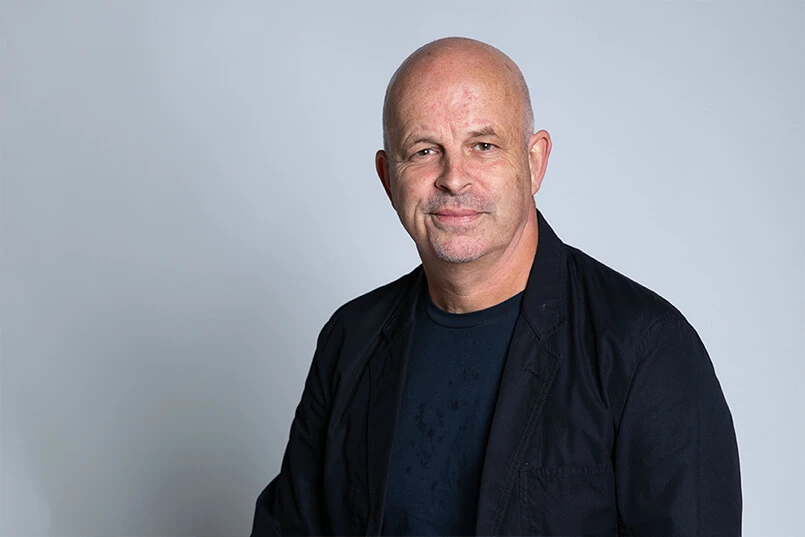The concept of in-house agency services is not new. More than a century ago many advertisers had their advertising services in-house. Retailers especially would often have their advertising department responsible for advertising production including advertising, catalogues, point of sale and the like. It only became fashionable in the second half of the 20th Century to outsource this function to external agencies. But it is clear we are witnessing a trend back to in-house services, especially for many of the larger advertisers.
The reason for this trend is technology and the associated cost reduction opportunities of a self-managed production facility. But there is also the convenience of the in-house model allowing greater speed to market and as a solution for integrating the function into the business.
The strategic plan
But the mistake many organisations make in bringing these services in-house is allowing it to occur organically, rather then managing it strategically. That is, allowing the process to occur incrementally without an overall plan.
The organisation needs to determine which services are best brought in-house and which are best outsourced. This requires a determination of needs, volume, budget and resource requirements to inform the development of an appropriate business case. Digital technology cost means that services that were previously unaffordable, such as video shooting and editing and digital media planning and buying, are now available as in-house opportunities alongside traditional print and newer functions such as social network and social media monitoring. The deciding factor is the volume of the requirement and the ability to manage in-house.
The business case
In developing a business case you need to consider how these in-house services will be funded. Funding the services from one department or functions budget, such as marketing, can lead to issues if other business functions such as sales, product or management wish to access the services. It is increasingly popular to make the in-house services a separate cost centre and accountable to the value of the services delivered. In this way the services centre can be managed separately with its own head count, budget and performance measures.
Existing resources and capabilities
Within larger organisations, it is especially important to undertake a review of the existing capabilities currently within the organisation. It is not unheard of to find designers, copywriters, editors, social media and the like spread throughout the organisation and often buried within departments with titles that hide the real role. Consolidation of these resources will achieve greater levels of utilisation and accountability.
Management resource and structure
Management of the services facility is also important. Many organisations will evolve from a few designers and as the needs grow will simply promote one of the designers into a management role. This is fine if the person promoted has the management capabilities to not only manage the internal resources within the team, but also has financial management skills to manage the budget, customer services focus to manage internal customers and human resources skills.
Human resource considerations
On the issue of human resources it is also essential that you can recruit and retain staff of suitable capability and caliber to deliver the services required. This can be a challenge, as often the type of people you want to recruit will find working within the culture of a single organisation boring or lacking in the challenges they need. One solution to overcome this is to develop a panel of freelance specialists. The cost impact of this approach needs to be factored into the business case as freelance-staff often come at a premium to their full time or part time equivalent.
The other challenge with human resources is being able to attract high caliber staff if this is required. Depending on the needs of the organisation, top-level industry strategic and creative talent comes at a high price and demands the opportunity to advance their career and achieve industry recognition for their talents. They are rarely attracted to working within one organisation. However in recent years we have noticed that, as a consequence of the advertising industry’s obsession with youth, many senior and well-credentialed strategic and creative people have taken roles in-house within large organisations. This is definitely an opportunity for those organisations wishing to create a high performing facility.
Workflow control and management
Workflow management is also important, as we have seen instances of the implementation of an in-house services facility lead to politicking and infighting between different functions accessing the services. This is often caused by perceived favoritism by the in-house services for one department or function over another. I know this may sound like kindergarten, but it happens. The implementation and management of a workflow system will overcome this with an accountable reporting of the volume and turn-around time of the various projects from the various stakeholders and departments.
Funding and accountability
Earlier I mentioned making the in-house services facility an independent cost centre. The best way of funding this is to make it accountable but without actually having payments made by the various departments and stakeholders using the service. It has been found that when people are paying for an in-house service on a job-by-job basis, they will be more likely to go outside if their (often unrealistic) expectations are not met. This defeats the purpose of bringing the services in-house.
Instead budgets are allocated to the services facility cost centre from the stakeholders at the start of the year based on their requirements and on the cost efficiencies of the services facility. The work undertaken by the services facility for each department is then reconciled against the budget contributed at a pre-agreed price or rate. Regular reporting keeps stakeholders aware of their use of the budget and end of year reconciliations are undertaken to make sure the services facility cost centre is fully utilised and funded.
Annual review processes
As a separate cost centre within the organisation it should be reviewed annually at a minimum and more often if possible. The review should include head count and resource suitability and cost, performance metrics and internal customer satisfaction and delivery of value being cost efficiencies and quality. There should also be a review of the new or additional services required by the organisation that could be included in the services facility.
In-house or outsourced
If this appears to be suggesting the form of any in-house services facility should take the shape of an external service implanted into the organisation, you are right. At the ANA Advertising Financial Management Conference in Phoenix, Arizona earlier this year there was a case study presented on successful in-house agencies. The lesson from this was the services facility should be autonomous and accountable. It is not an extension of the marketing department but a services provider to marketing and the other departments that require these services.
Too often the failure of these services is the failure to plan and this inevitably leads to a plan to fail.
Find out more about TrinityP3’s Strategic Supplier Alignment service here




